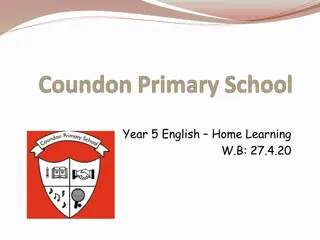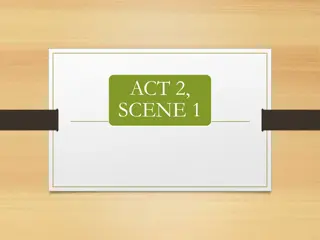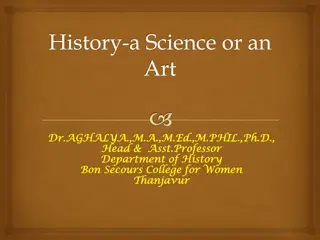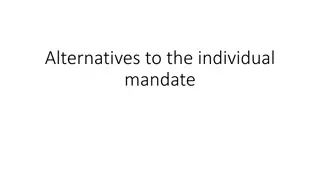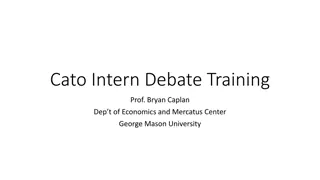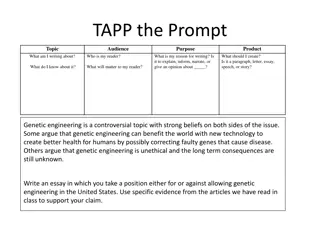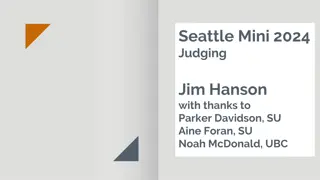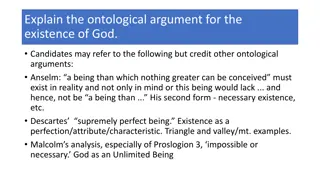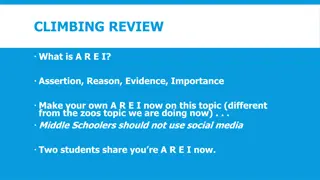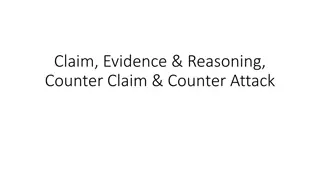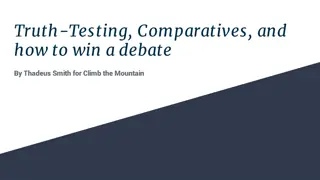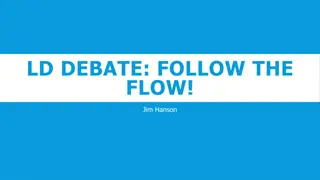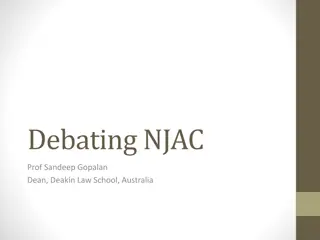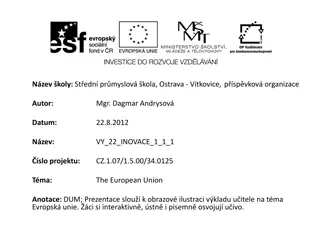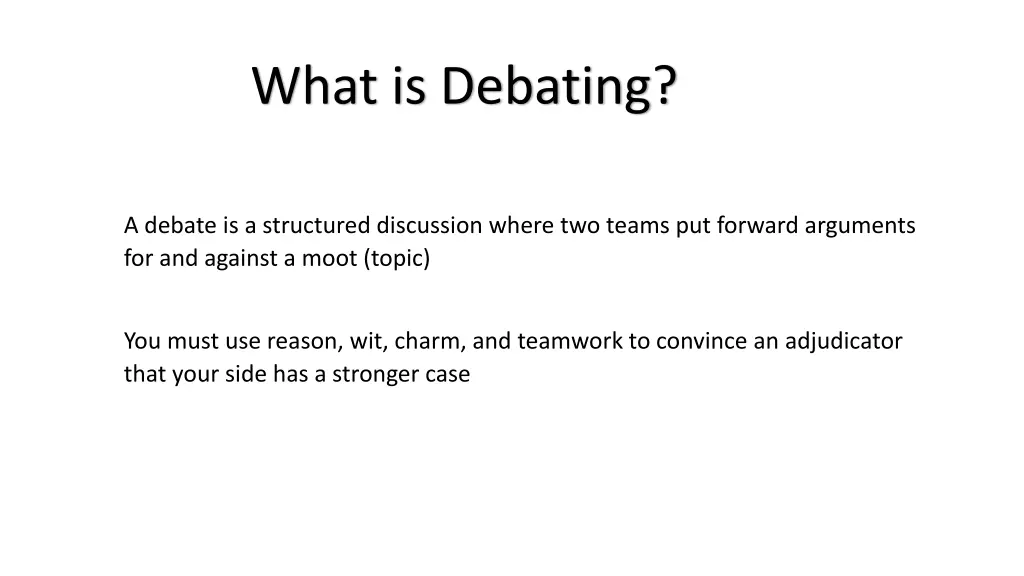
Debating Skills: Strategies, Roles, and Adjudication Explained
Understand the structure of debates, speaking roles, skills needed, and the adjudication process. Dive into prepared debates, common pitfalls, and key elements to succeed in the art of debating.
Download Presentation

Please find below an Image/Link to download the presentation.
The content on the website is provided AS IS for your information and personal use only. It may not be sold, licensed, or shared on other websites without obtaining consent from the author. If you encounter any issues during the download, it is possible that the publisher has removed the file from their server.
You are allowed to download the files provided on this website for personal or commercial use, subject to the condition that they are used lawfully. All files are the property of their respective owners.
The content on the website is provided AS IS for your information and personal use only. It may not be sold, licensed, or shared on other websites without obtaining consent from the author.
E N D
Presentation Transcript
What is Debating? A debate is a structured discussion where two teams put forward arguments for and against a moot (topic) You must use reason, wit, charm, and teamwork to convince an adjudicator that your side has a stronger case
Speaking Roles Affirmative Negating First Speaker (5 minutes) A First Speaker (5 minutes) B Presents the model Outlines the Negating s counter-model (if appropriate) Rebut 1st Aff Signposts for his team Lays out Conditions of Victory (Optional) Signposts for his team Makes the 1st and 2nd argument (time permitting) Makes the first one or two arguments Second Speaker (5 minutes) C Second Speaker (5 minutes) D Rebut 1st Neg Rebut 2nd Aff Makes the 2nd and 3rd argument Makes the 2nd and 3rd argument Connects to the 1stAff s Speech (Continuity) Connects to the 1stNeg s Speech (Continuity) Third Speaker (5 minutes) E Third Speaker (5 minutes) F Rebut everything Rebut everything Connect to 1st and 2ndAff s speech (Continuity) Connect to 1st and 2ndNeg s speech (Continuity) Leaders Reply (3 minutes) H Leaders Reply (3 minutes) G Gives a biased summary showing how the Affirmative won Gives a biased summary showing how the Negating won
2nd Speaker 3rd 1st Speaker Speaker Model Rebuttal Rebuttal Signpost Continuity Continuity 1st Big Idea 2nd Big Idea Conditions of Victory 3rd Big Idea
Debating Skills Teamwork Preparation Individual Common Themes Strategy Style Complementing Arguments Knowledge Argument Continuity Rebuttal
Adjudication Each debate takes place in front of an adjudicator, or adjudicators, and an audience. The adjudicator runs the debate, invites each speaker to the stand, and enforces the rules. They will not ask any clarifying questions and will judge only on what is presented. At the end of the debate they will identify the main points of clash and outline each teams argument for each. Best Speaker is assigned based on style, content and strategy. The winner is assigned based on the strongest overall case.
Prepared Debates A prepared debate is when both teams have had substantial time to prepare their arguments (usually 2-4 weeks). Prepared debates generally require research, and appropriately cited sources in the arguments. Prepared debates have 3 weaknesses: 1) Often students over-rely on prepared speeches, which do not adapt to the opposition s arguments. This is generally penalized by the adjudicator 2) Sometimes students argue who has better sources , and it can turn into a my sources are better than your sources yelling match, which generally kills constructive debate. 3) Sometimes students make up facts, which if they adjudicator catches them on, can get severely penalized (and is also not very sporting anyways).


